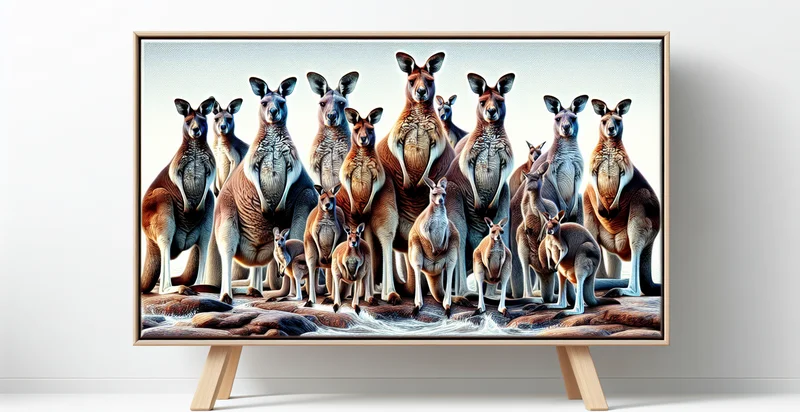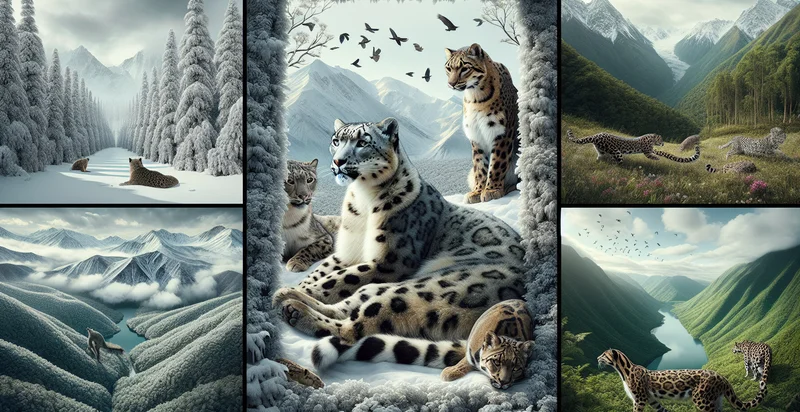Identify kangaroo species
using AI
Below is a free classifier to identify kangaroo species. Just upload your image, and our AI will predict which species of kangaroo it is - in just seconds.

Contact us for API access
Or, use Nyckel to build highly-accurate custom classifiers in just minutes. No PhD required.
Get started
import nyckel
credentials = nyckel.Credentials("YOUR_CLIENT_ID", "YOUR_CLIENT_SECRET")
nyckel.invoke("kangaroo-species-identifier", "your_image_url", credentials)
fetch('https://www.nyckel.com/v1/functions/kangaroo-species-identifier/invoke', {
method: 'POST',
headers: {
'Authorization': 'Bearer ' + 'YOUR_BEARER_TOKEN',
'Content-Type': 'application/json',
},
body: JSON.stringify(
{"data": "your_image_url"}
)
})
.then(response => response.json())
.then(data => console.log(data));
curl -X POST \
-H "Content-Type: application/json" \
-H "Authorization: Bearer YOUR_BEARER_TOKEN" \
-d '{"data": "your_image_url"}' \
https://www.nyckel.com/v1/functions/kangaroo-species-identifier/invoke
How this classifier works
To start, upload your image. Our AI tool will then predict which species of kangaroo it is.
This pretrained image model uses a Nyckel-created dataset and has 9 labels, including Red Kangaroo and Eastern Grey Kangaroo.
We'll also show a confidence score (the higher the number, the more confident the AI model is around which species of kangaroo it is).
Whether you're just curious or building kangaroo species detection into your application, we hope our classifier proves helpful.
Related Classifiers
Need to identify kangaroo species at scale?
Get API or Zapier access to this classifier for free. It's perfect for:
- Wildlife Conservation: Wildlife conservation organizations can use the 'kangaroo species' identifier to track and monitor different kangaroo species and their population densities within a geographic region, effectively aiding their conservation efforts.
- Environmental Impact Assessment: Companies involved in development projects can utilize this function to identify the presence of various kangaroo species in the area, strengthening their environmental impact assessments and ensuring necessary precautions are taken.
- Zoo Management: Zoos and wildlife parks can utilize the 'kangaroo species' identifier to accurately and efficiently identify and track individual kangaroo species, ensuring proper feed, mating and support system is enabled.
- Animal Photography: Professional photographers and wildlife journalists can use this function to accurately identify and categorize photographed kangaroo species, thereby enhancing the relevancy and integrity of their work.
- Ecotourism Planning: Ecotourism companies can use the 'kangaroo species' identifier to identify and promote different kangaroo species during their guided tours or wildlife safari packages, providing engaging experiences for tourists.
- Wildlife Crime Monitoring: Law enforcement and wildlife protection agencies can use this tool to effectively monitor illegal activities involving specific kangaroo species, such as illegal hunting or trading.
- Research & Education: Academic institutions can utilize the 'kangaroo species' identifier in research work focused on biodiversity, environmental sciences or zoology. Additionally, educational resources can be enriched by the accurate information this function provides about various kangaroo species.


